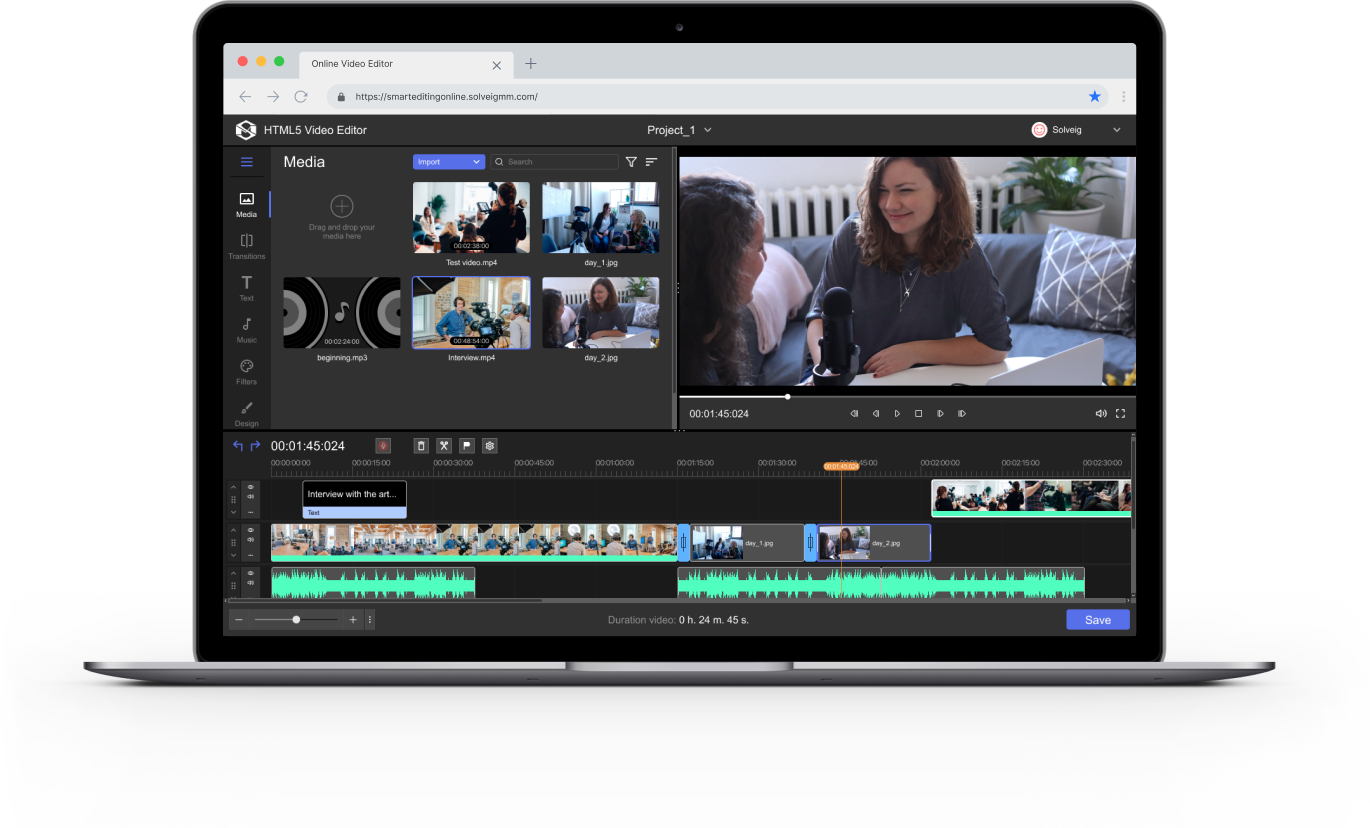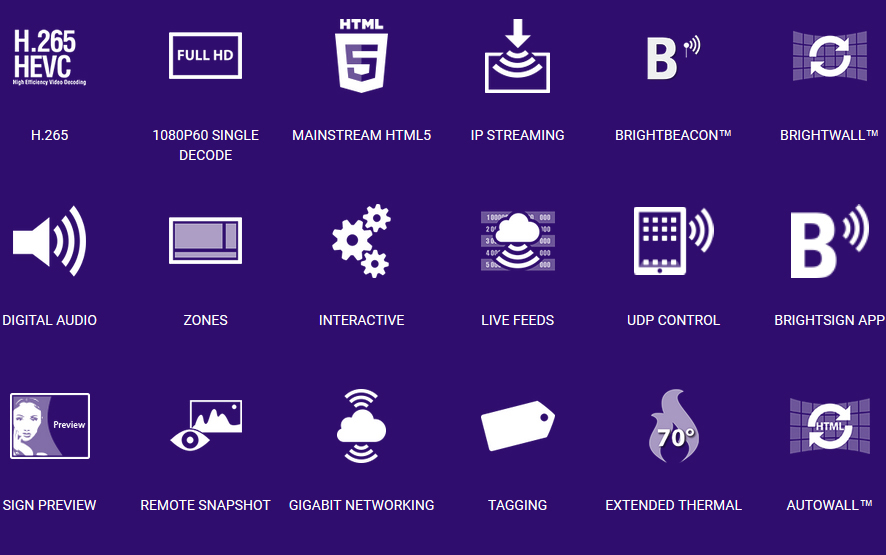

Note that the multicast address allows you to lock together any number of events whereas unicast only two events. Multicast: Check if you use a multicast IP address for communicating with other events.In this demo, though, leave it unchecked. Epoch locking is supported in Microsoft Smooth output groups, in outputs that have integer frame rates (for example, 25 fps and 50 fps). In this way, multiple encoders can produce aligned outputs without communicating with each other. Instead of synchronizing to a remote encoder, an encoder would synchronize itself to a hypothetical encoder that started at 00:00:00, UTC on 1 January 1970 ( Epoch time) and has been running ever since. Epoch Locking: Epoch Locking is a form of output locking.This adds Picture Timing SEI to the output AVC stream. Expand Advanced- Preprocessors and select the Timecode Insertion check box. For Primary Destination, enter an RTP url with a multicast IP address (for example rtp://224.0.0.1:5001)ħ. Select a suitable encoding preset from Preset drop-down menu and choose Add Output buttonĦ. For the input type, choose File Input and enter the local path of your video fileĥ. If not, log in to the AWS Elemental Live ’s web UI and follow the instructions.Ģ.
#FRAME ACCURATE HTML5 VIDEO PLAYER FREE#
If you already have one of these, feel free to skip to Step 2. Network input (UDP/TS) with AVC/HEVC Picture timing SEI.Step 1: Prepare timecode-embedded sourceĪs Output Locking requires input timecodes, the source type needs to be one of the following: Each event can run on a separate node, or you can run all the events on the same node as long as they can communicate via multicast IP address.

We produce a timecode-embedded RTP stream, transcode it into HLS streams in the local storage, and then check if the two outputs are aligned with a frame-level accuracy.

Three live events work together one event writes a timecode-embedded RTP stream and two events read it and produce identical HLS streams in local storage The following is an overview of what we are building in this demo. You don’t need two separate nodes of AWS Elemental Live to follow this demo, although it’s ideal to have two encoders to examine the behavior of Output Locking. So, all you need is a sample video that can be ingested by AWS Elemental Live as a file input. In this demo, however, we set up our own contribution encoder with embedded timecode using AWS Elemental Live. In a production workflow, this is handled by a timecode inserter or contribution encoder. The first thing you need is a timecode-embedded source. Now let’s see how Output Locking produces frame-accurate streams. This post focuses exclusively on hands-on demos. For more details such as how Output Locking works, typical use cases, input/output requirements, please refer to the Output Locking user guide. To achieve this, the encoders communicate with each other over multicast or unicast networks to share the data necessary for synchronization. In the preceding example, the two streams are aligned across segments and GOP boundaries based on the input timecodes. Two streams that are fully interchangeable


 0 kommentar(er)
0 kommentar(er)
